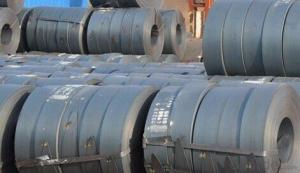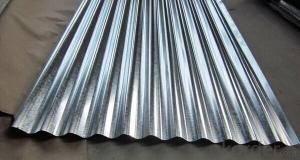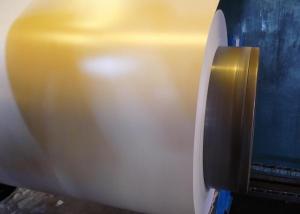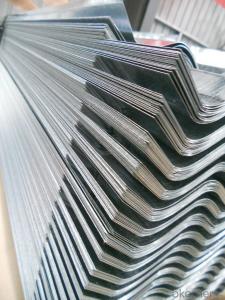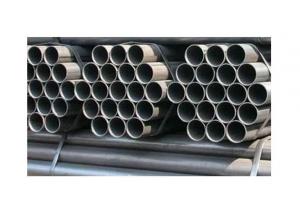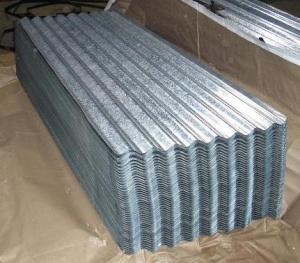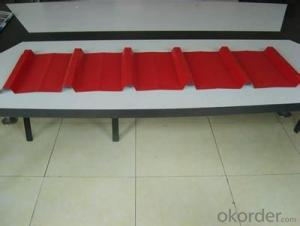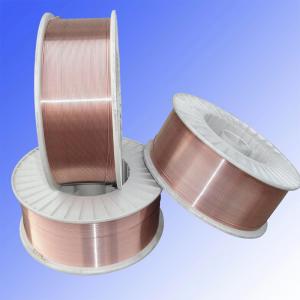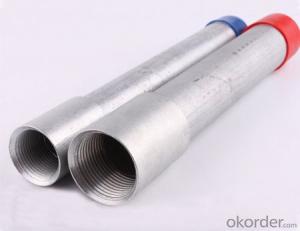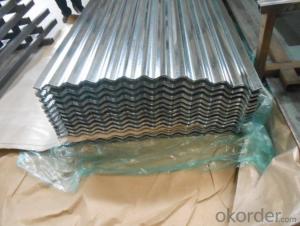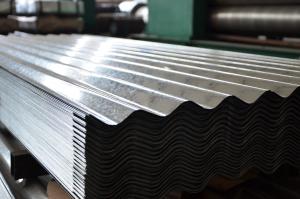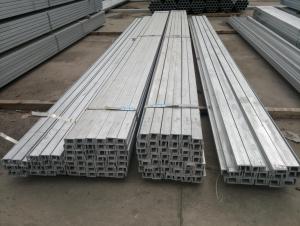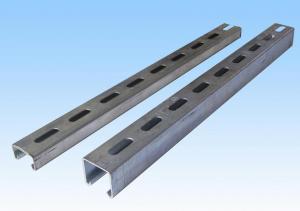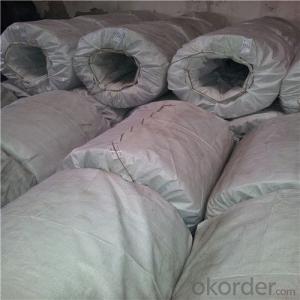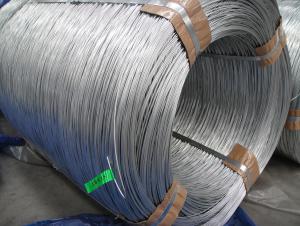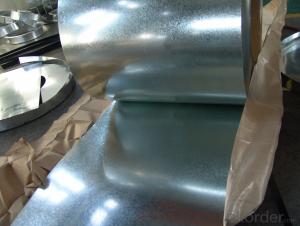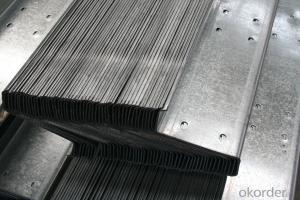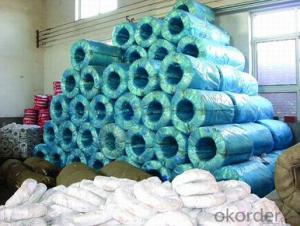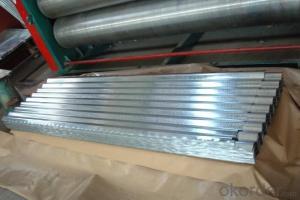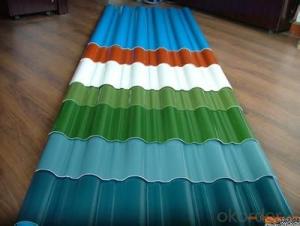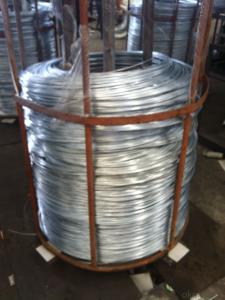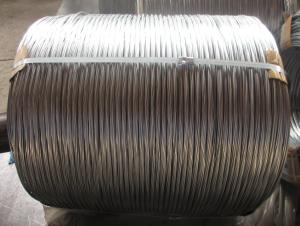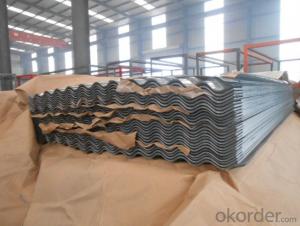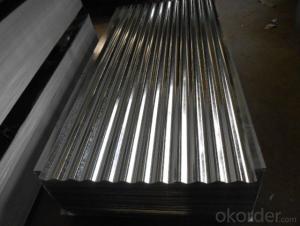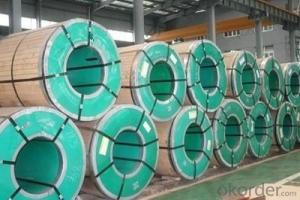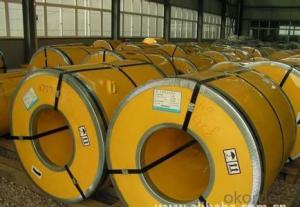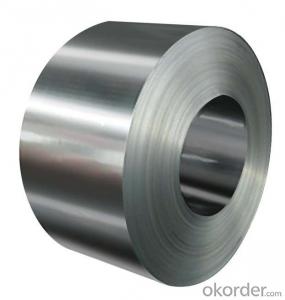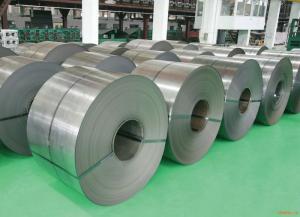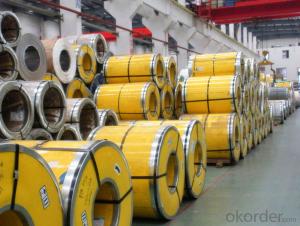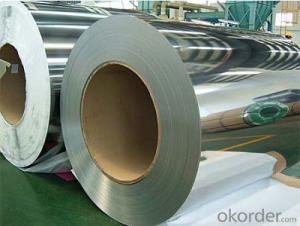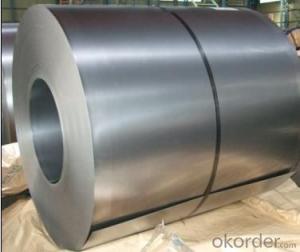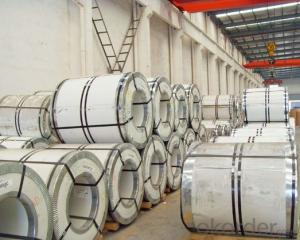Galvanized Corrugated Steel
Galvanized Corrugated Steel Related Searches
Corrugated Galvanized Steel Galvanized Stainless Steel Rusted Galvanized Steel Weld Galvanized Steel Steel Galvanized Galvanized Tube Steel Painted Galvanized Steel Powder Coating Galvanized Steel Galvanized Steel Tube Galvanized Steel Tank Rusting Galvanized Steel Galvanized Steel Grating Galvanized Steel Roof Galvanized Steel Panels Galvanized Steel Piping Hot Dipped Galvanized Steel Galvanized Steel Edging Galvanized Steel Siding Galvanized Steel Pipes Galvanized Steel Panel Galvanised Steel Corrugated Roofing Sheets Galvanized Steel Fencing Galvanized Steel Shed Hardened Stainless Steel Galvanized Steel Post Cutting Galvanized Steel Galvanized Steel Roll Galvanized Steel Rust Galvanized Steel Paint Colored Stainless SteelGalvanized Corrugated Steel Supplier & Manufacturer from China
Galvanized Corrugated Steel is a type of metal sheet that has been coated with a layer of zinc to provide corrosion resistance and durability. This material is characterized by its distinctive wavy or ribbed pattern, which gives it added strength and rigidity. The unique properties of Galvanized Corrugated Steel make it an ideal choice for a variety of applications, including roofing, siding, and fencing. Its versatility and strength make it a popular choice for both residential and commercial construction projects, as well as for agricultural and industrial purposes. The product's resistance to rust and weathering ensures a long-lasting and low-maintenance solution for various construction needs.Okorder.com is a leading wholesale supplier of Galvanized Corrugated Steel, offering a wide range of products to cater to the diverse needs of customers. With a large inventory of high-quality materials, Okorder.com ensures that clients have access to the most reliable and durable Galvanized Corrugated Steel products available in the market. This extensive selection allows customers to choose the most suitable product for their specific requirements, whether they are looking for roofing sheets, wall cladding, or other applications. By partnering with Okorder.com, customers can benefit from competitive prices, prompt delivery, and excellent customer service, making it a trusted source for Galvanized Corrugated Steel supplies.
Hot Products
